John Hallwas - Dime Novel Desperadoes: The Notorious Maxwell Brothers
Here you can read online John Hallwas - Dime Novel Desperadoes: The Notorious Maxwell Brothers full text of the book (entire story) in english for free. Download pdf and epub, get meaning, cover and reviews about this ebook. year: 2011, publisher: University of Illinois Press, genre: Politics. Description of the work, (preface) as well as reviews are available. Best literature library LitArk.com created for fans of good reading and offers a wide selection of genres:
Romance novel
Science fiction
Adventure
Detective
Science
History
Home and family
Prose
Art
Politics
Computer
Non-fiction
Religion
Business
Children
Humor
Choose a favorite category and find really read worthwhile books. Enjoy immersion in the world of imagination, feel the emotions of the characters or learn something new for yourself, make an fascinating discovery.

- Book:Dime Novel Desperadoes: The Notorious Maxwell Brothers
- Author:
- Publisher:University of Illinois Press
- Genre:
- Year:2011
- Rating:4 / 5
- Favourites:Add to favourites
- Your mark:
Dime Novel Desperadoes: The Notorious Maxwell Brothers: summary, description and annotation
We offer to read an annotation, description, summary or preface (depends on what the author of the book "Dime Novel Desperadoes: The Notorious Maxwell Brothers" wrote himself). If you haven't found the necessary information about the book — write in the comments, we will try to find it.
A thrilling true crime narrative and groundbreaking historical account, Dime Novel Desperadoes recovers the long-forgotten story of Ed and Lon Maxwell, the outlaw brothers from Illinois who once rivaled Jesse and Frank James in national notoriety. Growing up hard as the sons of a struggling tenant farmer, the Maxwell brothers started their lawbreaking as robbers and horse thieves in the 1870s, embarking on a life of crime that quickly captured the public eye.
Already made famous locally by newspapers that wanted to dramatize crimes and danger for an eager reading audience, the brothers achieved national prominence in 1881 when they shot and killed Charles and Milton Coleman, Wisconsin lawmen who were trying to apprehend them. Public outrage sparked the largest manhunt for outlaws in American history, involving some twenty posses who pursued the desperadoes in Wisconsin, Minnesota, Iowa, Illinois, Missouri, and Nebraska. Some of the pursuers were intent on a lynching, but the outlaws escaped against incredible odds. When a mob finally succeeded in killing Ed, in broad daylight on a courthouse lawn, that event generated widespread commentary on law and order. Nevertheless, the daring desperadoes were eventually portrayed as heroes in sensationalistic dime novels.
A stunning saga of robbery and horse stealing, gunfights and manhunts, murder and mob violence, Dime Novel Desperadoes also delves into the cultural and psychological factors that produced lawbreakers and created a crime wave in the post-Civil War era. By pointing to social inequities, media distortions, and justice system failures, John E. Hallwas reveals the complicity of nineteenth-century culture in the creation of violent criminals. Further, by featuring astute, thought-provoking analysis of the lawbreakers mindset, this book explores the issue at the heart of humanitys quest for justice: the perpetrators responsibility for his criminal acts.
Every overview and encyclopedia of American outlaws will need to be revised, and the fabled Wild West will have to be extended east of the Mississippi River, in response to this riveting chronicle of major American desperadoes who once thrilled the nation but have since escaped historical attention for well over a century. With more than forty illustrations and several maps that bring to life the exciting world of the Maxwell brothers, Dime Novel Desperadoes is a new classic in the annals of American outlawry.|Contents Preface Prologue: A Desperado in McDonough County 1. The Maxwell Family Moves West 2. The Maxwells in Troubled Fulton County 3. The Maxwells in McDonough County 4. Law and Order, and Prison Life 5. The Maxwell Brothers Become Outlaws 6. The Great Escapeand Recapture 7. Prison Time and Justice Issues 8. Lons Struggle to Go Straight 9. The Wisconsin Desperadoes 10. The Gunfight at Durand 11. The Great Manhunt 12. Another Gunfightand the Renewed Manhunt 13. Eds Capture and Lons Escape 14. The Desperado and the Public 15. The Lynching at Durand 16. The Lynching Controversy and Durands Fate 17. The Mysterious Fate of Lon Maxwell Epilogue: The Story Life of the Maxwell Brothers Acknowledgments Notes Bibliography|
Received the Society of Midland Authors Award in the category of Biography, 2009. Received a Superior Achievement Award from the Illinois State Historical Society, 2009. Society of Midland Authors Award
Received the Society of Midland Authors Award in the category of Biography, 2009. Received a Superior Achievement Award from the Illinois State Historical Society, 2009. Illinois State Historical Society
|
John E. Hallwas, Distinguished...
John Hallwas: author's other books
Who wrote Dime Novel Desperadoes: The Notorious Maxwell Brothers? Find out the surname, the name of the author of the book and a list of all author's works by series.


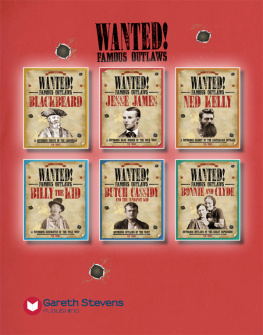
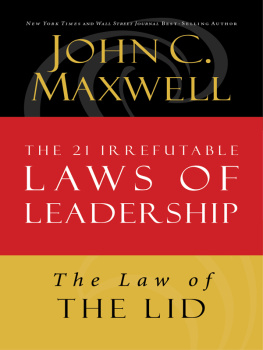
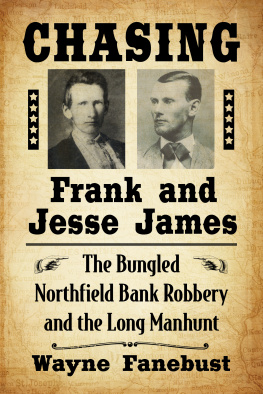
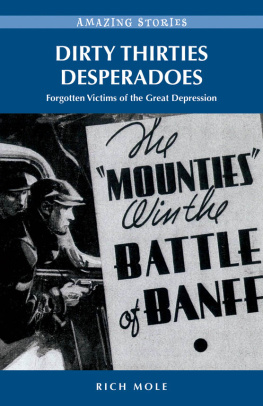
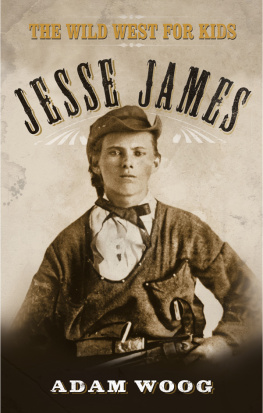
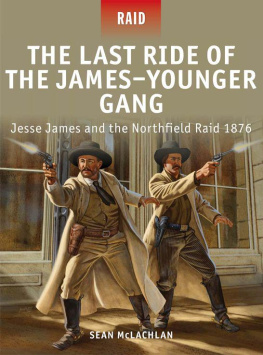
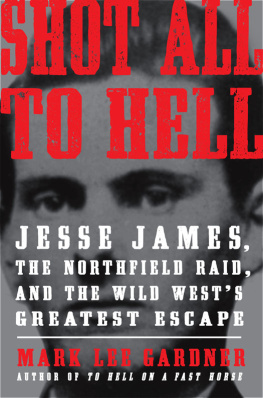
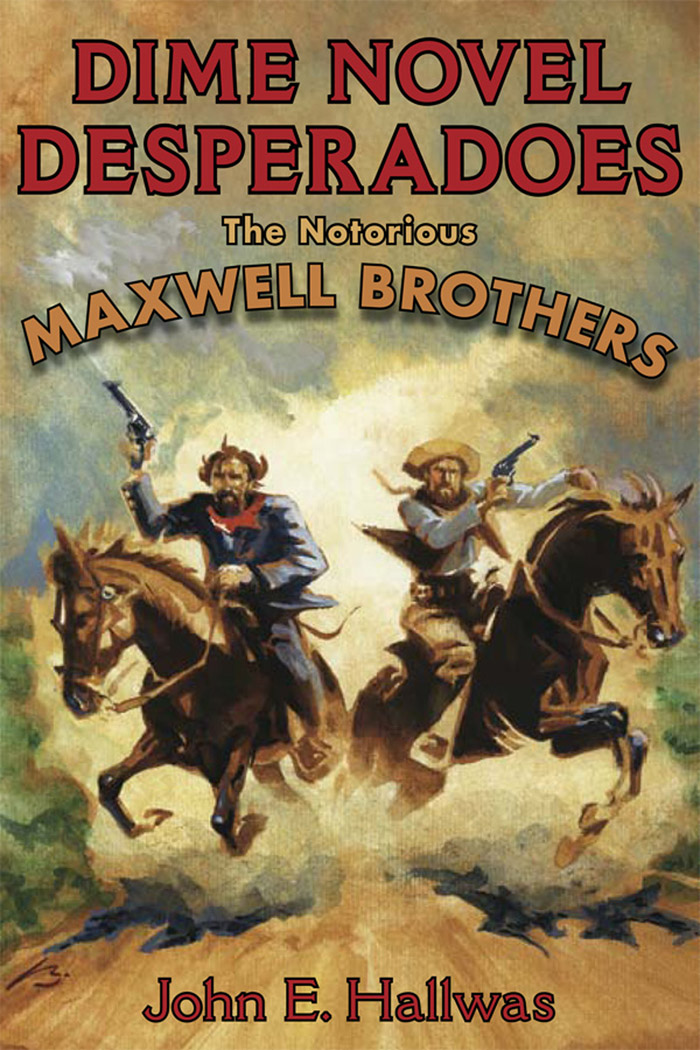

 This book is printed on acid-free paper.
This book is printed on acid-free paper.